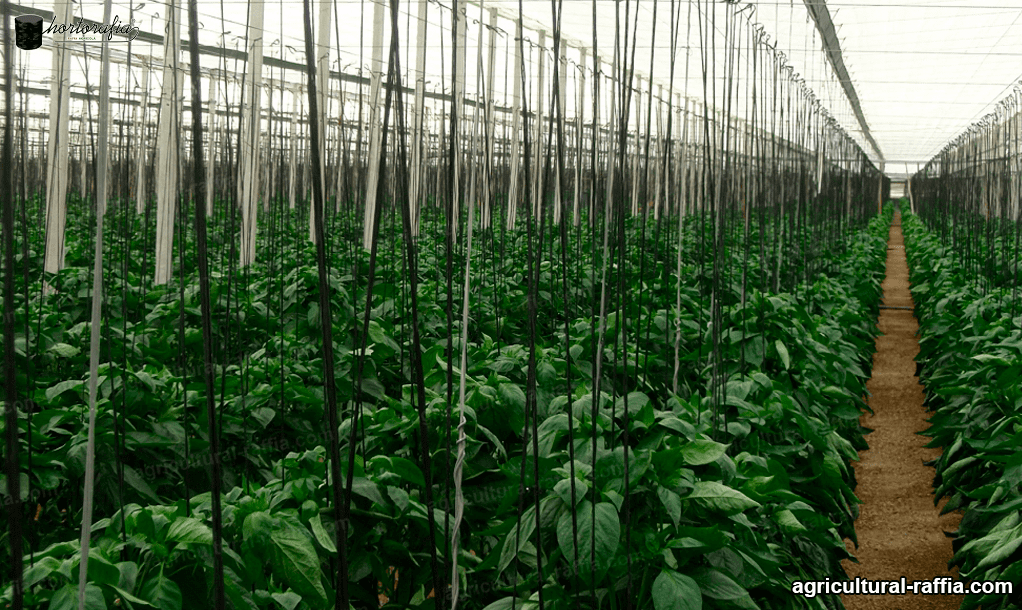What uses can give to the agricultural rafia
Plastic raffia is a useful material for trellising plants. This is due to its plastic characteristics, as it is lightweight and easy to handle. In addition, it can support a large amount of weight and is weather resistant. For these reasons, plastic raffia is becoming increasingly popular for plant trellising. First, plastic raffia can be used to support and elevate plant stems. This helps the plant receive sunlight evenly, allowing them to develop in a balanced way. This is especially helpful for large-leafed plants, which can develop an imbalance in their growth if only one side receives sunlight. In addition, plastic raffia is useful for supporting the fruits and flowers of plants.
.
This helps prevent the fruits and flowers from falling due to wind or some other external force, which can damage the plant. Another way in which plastic raffia is useful for trellising plants is to guide the growth of the stems. This is because plant stems naturally grow toward sunlight. By supporting a stem with plastic raffia, you can guide its growth in a certain direction, which helps the plant develop a harmonious shape.

Plastic raffia can also be used to support plant branches. This is useful for plants with a leafy growth habit, as branches can droop under the weight of fruit or flowers. Holding them with the plastic raffia helps to keep the plant in its desired shape. In conclusion, plastic raffia is a useful material for plant training. It can be used to support and elevate the stems of plants, to support their fruits and flowers, to guide the growth of the stems and to support their branches. These characteristics make plastic raffia an indispensable material for gardening.
.
Raffia cultivation for vegetables is a common practice in many parts of the world. This technique allows growers to obtain larger plants, with greater resistance and yield. Vegetable raffia is used to build supports for plant stems, providing support for fruits and vegetables. This technique has been used for centuries, but technological advances have allowed farmers to improve their practice. Vegetable raffia is made from fiber extracted from the bark of certain trees. This fiber is air-dried and worked to create a strong, durable type of cloth. This fabric is then wound to form cords, which are used to support the plants.
.
The cords are wrapped around the stems of fruits and vegetables, providing them with support to grow and develop. Growers also use vegetable raffia to create temporary structures to support larger fruits and vegetables. These structures are usually built with sticks and covered with the raffia fabric. This helps hold the plant together and helps prevent them from falling over as they grow. This also keeps the fruits and vegetables from receiving damage from wind or animals. Vegetable raffia also has other uses. It can be used to mask crops to protect them from predators, such as birds and pests. This helps keep crops free of any problems that could affect fruit and vegetable production. Raffia can also be used to create baskets for transporting fruits and vegetables.
This helps keep the crop clean and safe during transport. Farmers also use vegetable raffia to create irrigation systems. This is done by constructing channels or pipe systems along the crop fields. These canals are covered with raffia fabric to prevent water from wasting and evaporating. This helps to keep the crop fields moist for the best yields. Overall, vegetable raffia is a very useful technique that farmers can use to get the best results from their crops. This technique has long been used to provide support for fruits and vegetables, protect crops from predators and prevent water from being wasted. Raffia can also be used to create baskets for crop transport. Vegetable raffia is a useful tool for growers who want to get the best results from their crops.